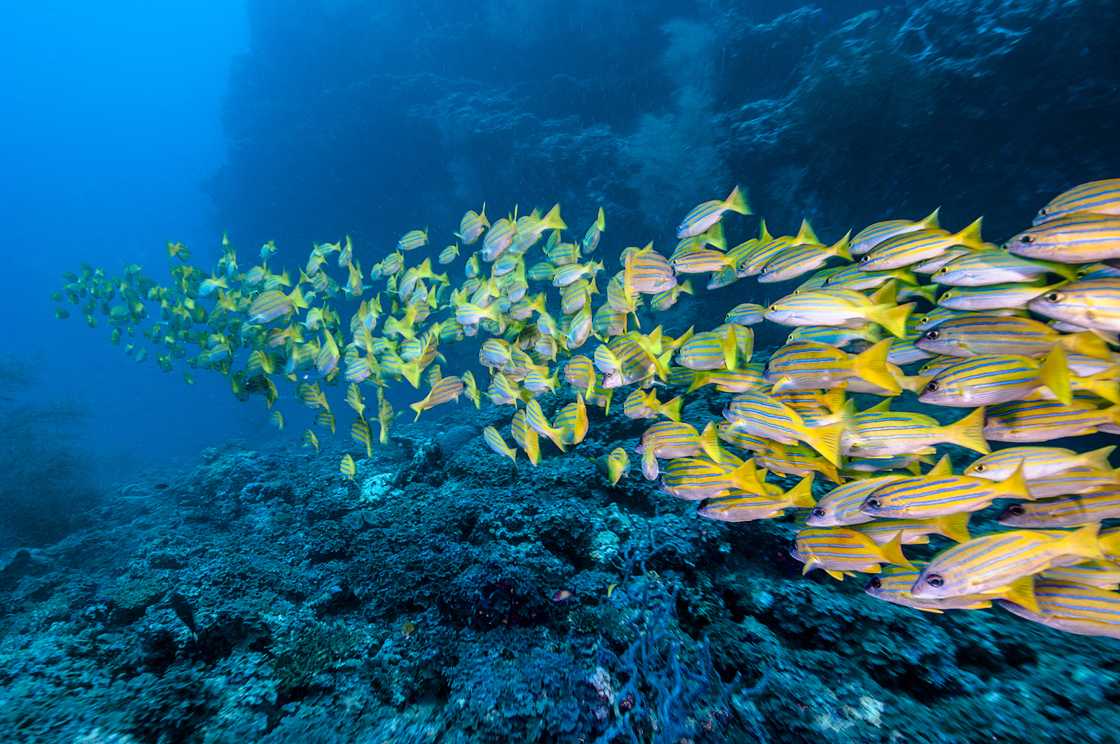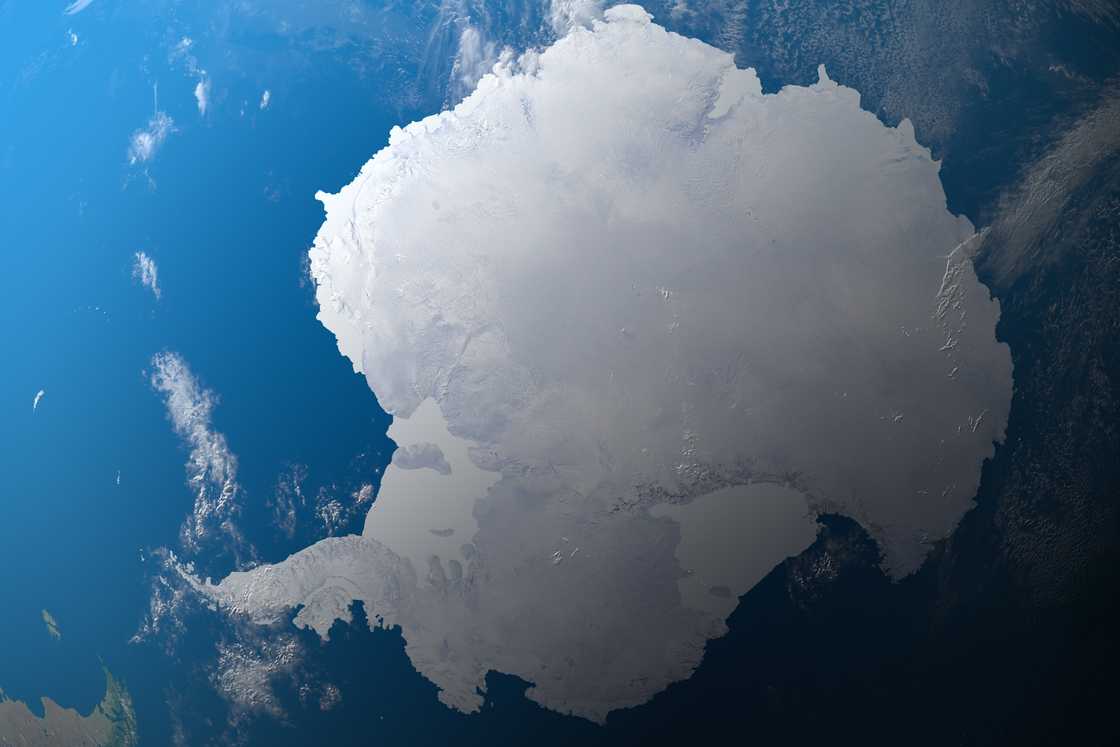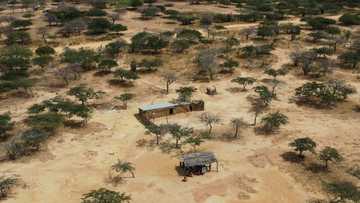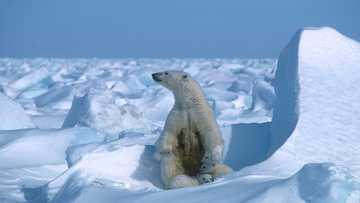How many oceans are there in the world? Discover their location, names and history
If you've had the opportunity to go around the world, you know how enormous the sea system is. Over 70 per cent of the Earth is covered by water, with ninety per cent accounting for oceans. The sea is one vast mass of water divided into various sections. What are these sections called? And how many oceans are there?

Source: Getty Images
The ocean is a vast body of water that covers almost three-quarters of the Earth. This massive body of water is one, but geopolitics has divided it into several portions with different names.
How many oceans are there in the world?
There is just one huge global ocean. However, the sea comprises five distinct regions based on geographical, nautical, scientific, and historical reasons. Four sea areas are officially recognised, while a fifth awaits verification.
What are the names of the five oceans? They are the Arctic, Atlantic, Pacific, Indian and Southern (Antarctic). Historically, the world's oceans consisted of four divisions, with the new addition Southern (Antarctic) gaining recognition in 1999.
Below is a breakdown of the five oceans of the world and their location, including their origins, history and names.
1. Pacific

Source: Getty Images
The Pacific is the deepest and largest ocean in the world, covering over 30 per cent of the Earth's surface. It spans over 60 million square miles or 155 million square kilometres from the United States West Coast to China.
Geologists believe that the Pacific resulted from a geological spasm that started 190 million years ago in which the Earth's crust ripped, introducing fresh lava from beneath.
National Geographic says the Pacific averages 13,000 feet or 4,000 metres deep. It also houses the deepest place on Earth, Challenger Deep, in the Mariana Trench, at over 36,000 feet or more than 11,000 metres.
Pacific got its name from Portuguese navigator Ferdinand Magellan, who led a Spanish expedition through the sea in 1521. According to the History Channel, Magellan named the sea pacifique, meaning peaceful in French.
2. Atlantic

Source: Getty Images
The Atlantic is the second biggest ocean in the world. It derives its name from the Greek mythology of the Sea of Atlas. The Atlantic covers approximately 106.4 square kilometres or 41.1 million square miles. It stretches from the East Coast of the USA to Europe on the North and from South America to Africa on the South.
Oceanographers classify the Atlantic into two basins: the North Atlantic and the South Atlantic.
3. Indian

Source: Getty Images
The Indian Ocean is the third-largest in the world, comprising around 20 per cent of the global sea area. It covers more than 70.56 million square kilometres or 27.2 million square miles.
The Indian Ocean averages 12,274 feet or 3,741 metres, with the deepest point (24,442 feet or 7,450 metres) being the Sunda Deep in the Java Trench, off the southern coast of Java, Indonesia. It occupies a large area stretching from Africa to the West, Asia to the North, Australia to the East and Antarctica to the South.
4. Southern

Source: Getty Images
The Southern (Antarctica) is the fourth largest water body and the newest member after being designated as an Ocean in 2000. It is where all oceans in the world converge, extending from the coast of Antarctica to 60 degrees latitude and averaging a depth of 4,000 to 5,000 metres.
The National Oceanic and Atmospheric Administration (NOAA) decided to recognise the Southern (Antarctic) after the United States Board on Geographic Names approved the name in 1999.
According to The Washington Post, in 2000, the International Hydrographic Organization (IHO), the organisation in charge of tracking and charting the world's seas and oceans, proposed the fifth ocean to its members. However, not all IHO member countries agreed, prompting the delay in recognising the Southern Ocean.
In 2021, National Geographic introduced the Southern (Antarctic) as part of its world map oceans after recognising it as the world's fifth most significant water body.
5. Arctic

Source: Getty Images
The Arctic is the world's smallest ocean at around 14.06 million kilometres or 5.4 million square miles. It is located in the polar region of the Arctic Circle.
It has an average depth of 1,205 metres or 3,953 feet, with its deepest point measuring 5,567 m or 18,264 feet.
The Arctic derives its name from the Greek word Arktos, meaning bear, with which the Northern sky constellations Ursa Minor (little bear) and Ursa Major (great bear) get their names.
FAQs
- What are the 7 oceans of the world? The seven seas comprise the North Pacific, South Pacific, North Atlantic, South Atlantic, Indian, Southern (Antarctica) and Arctic.
- What are the 5 largest oceans in the world? They are the Pacific, Atlantic, Indian, Southern and Arctic Oceans.
- How many oceans are there in the world in 2023? There are five recognised and named oceans as of 2023.
- What is the deepest ocean in the world? The Pacific holds the most profound part, the Challenger Deep in the Mariana Trench.
- Has anyone gone to the bottom of the Mariana Trench? Yes. Six people reportedly descended into the trench with submersibles, but no human has ever walked its surface.
- Which are the world's oceans and continents? The world's seas comprise the Arctic, Southern, Indian, Atlantic and Pacific, while the continents are Asia, Europe, Africa, North America, South America, Australia and Antarctica.
How many oceans are there? There are seven oceans known as the Seven Seas. They comprise the Arctic, North Atlantic, South Atlantic, North Pacific, South Pacific, Indian, and Southern Oceans. The largest is the Pacific, while the smallest is the Arctic Sea. However, only four are recognised, with the fifth awaiting verification
Yen.com.gh published a list of various artificial water sources on Earth. Water is essential for all living things to survive, and finding an ideal source is vital for man's survival. However, natural water sources are slowly depleting due to pollution and encroachment.
Various artificial water sources provide temporary and permanent solutions to water scarcity. The list of artificial water sources is extensive, comprising dams and wells to boreholes and canals.
Source: YEN.com.gh






